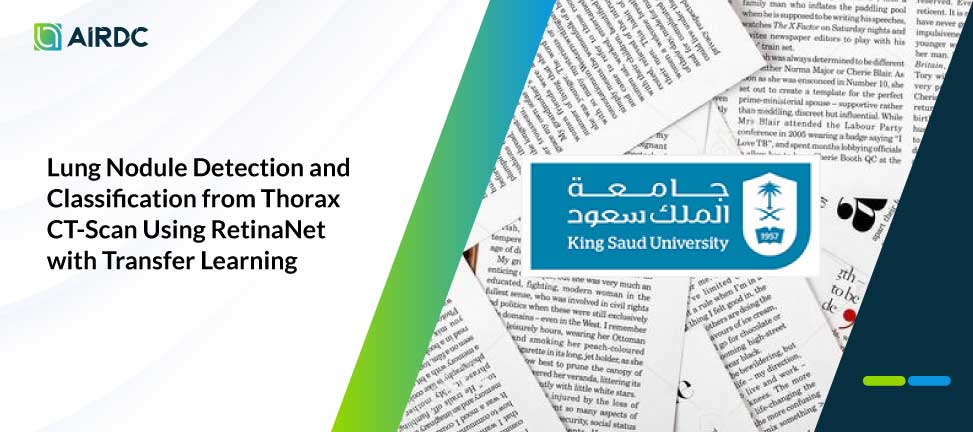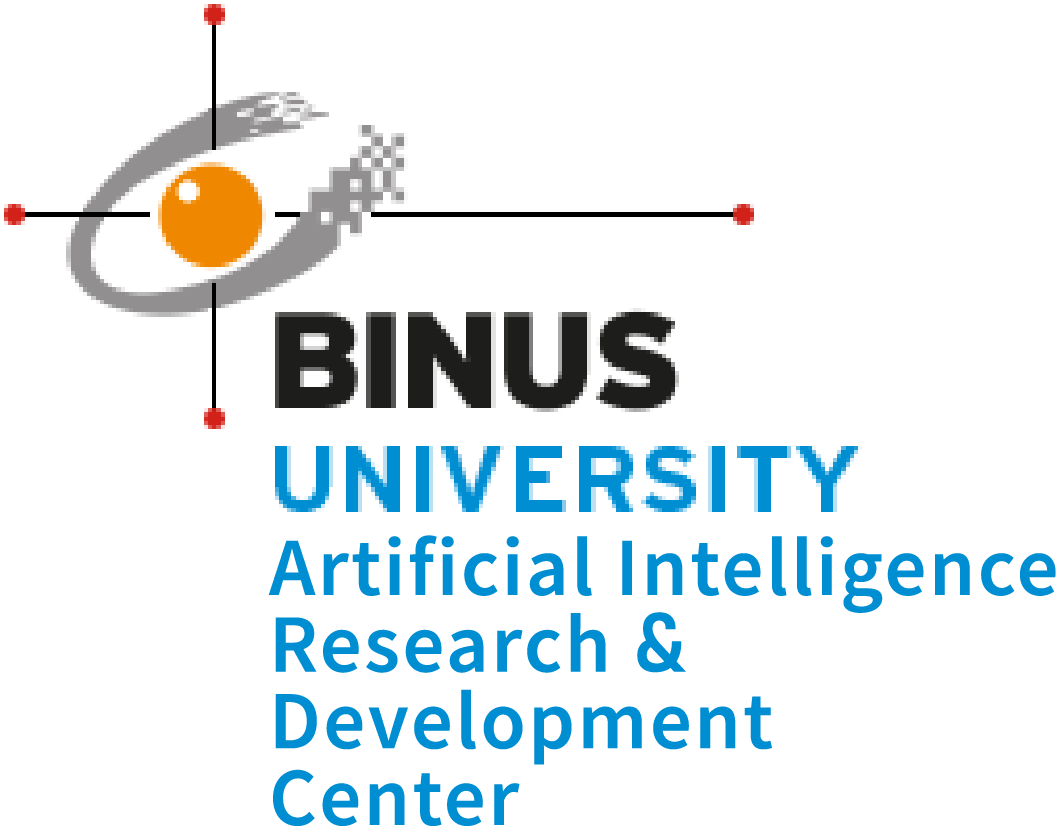Lung Nodule Detection and Classification from Thorax CT-Scan Using RetinaNet with Transfer Learning

Lung malignancy is one of the most common causes of death in the world caused by malignant lung nodules which commonly diagnosed radiologically by radiologists. Unfortunately, the continuous flow of medical images in hospitals drives radiologists to prioritize quantity over quality. This work condition allows misinterpretation especially on ambiguous anatomical structures that resemble lung nodule for example enlarged lymph nodes and resulting in decreasing sensitivity and accuracy of malignant lung nodule detections and late diagnosis proven to be fatal to patients. To address the problem, this paper proposed a novel lung nodule detection and classification model using one stage detector called as “I3DR-Net.” The model was formed by combining pre-trained natural images weight of Inflated 3D ConvNet (I3D) backbone with feature pyramid network to multi-scale 3D Thorax Computed tomography scan (CT-scan) dataset. I3DR-Net able to produce remarkable results on lung nodule texture detection task with mAP 49.61% and 22.86%, and area under curve (AUC) 81.84% and 70.36% for public and private dataset. Additionally, I3DR-Net successfully outperform previous state-of-the-art Retina U-Net and U-FRCNN+ mean average precision (mAP) by 7.9% and 7.2% (57.71% VS 49.8% VS 50.5%) for malignant nodule detection and classification task.
Journal of King Saud University – Computer and Information Sciences
Ivan William Harsono, Suryadiputra Liawatimena, Tjeng Wawan Cenggoro

